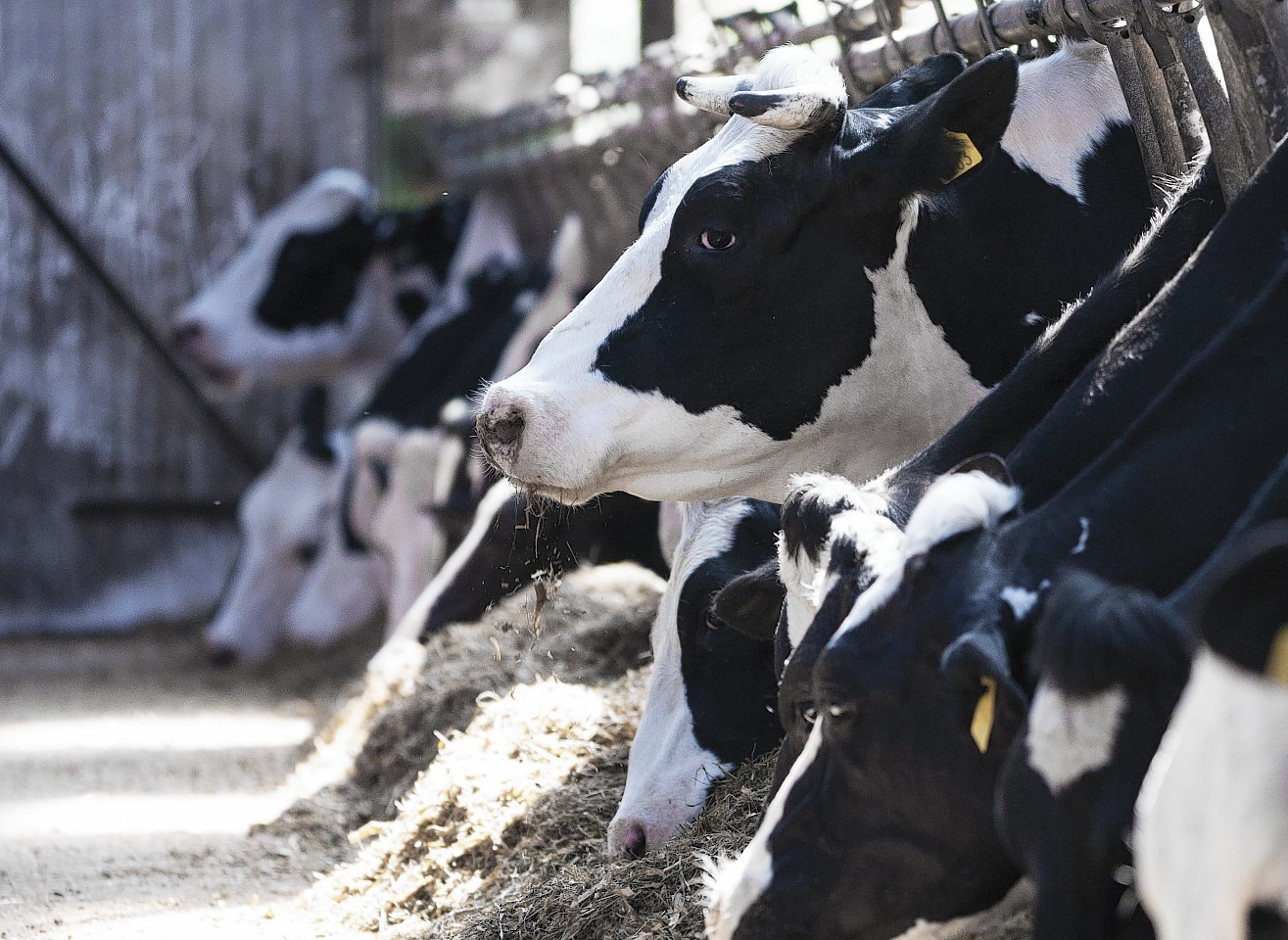The immediate outlook for Scottish agriculture may seem bleak but the sector will recover as it has done following downturns in the past.
That was the message from agri-consultancy firm Andersons at a seminar at Perth Racecourse yesterday.
According to the firm’s research economist, Graham Redman, UK farm income is likely to have fallen by 20% in 2015 and the outlook for 2016 is much the same.
However, Mr Redman said UK agriculture had performed better in the past seven years than it had done in the decade previously and the sector would bounce back in the future.
His colleague, Richard King, said the main problem facing producers was the delay to farm subsidy payments.
The Scottish Government’s handling of farm payments was the “least advanced of all the UK regions” and the speed of payment delivery was likely to be getting worse, rather than better, amid reports of more errors appearing on applications, said Mr King.
His comments come the same day NFU Scotland revealed plans for a massive farmer rally outside Holyrood next week.
Addressing the upcoming referendum over the UK’s membership of the European Union, Mr King said a decision to leave the union was unlikely to come to fruition before 2020.
Farmers needed to ask themselves what kind of agricultural policy would be in place should the UK leave Europe, given the sector’s reliance on £3.3billion in support from the Common Agricultural Policy (Cap) every year, added Mr King.
“It’s unlikely that an alternative will be set out when we make the vote in June and we think it’s unlikely that any UK Government or devolved region would want to replicate the Cap,” he said.
“We predict (in the event of a Brexit) an initial drop (in payments) perhaps down to 80% but then down to 30-40% of where we are now in terms of funding over the next five years.”
An alternative to the Cap would be determined by the devolved administrations, meaning Scottish farmers and crofters would have something like a Scottish Agricultural Policy, he said.
Providing an outlook for the future, Mr King and Mr Redman delivered little good news in the short-term. Mr Redman said unless there was a major weather event affecting global crop supplies there was “little reason for prices to rise by much this season”.
The UK arable sector had a 2.5million tonne wheat carry-over and the exportable barley surplus was at a 20-year high at 2million tonnes, he said.
Meanwhile, Mr King said the dairy sector, which has been experiencing continual price drops for more than 12 months, was unlikely to recover in 2016.
He said although New Zealand milk production was in decline, there would only be a boost in UK prices if European and US output fell as well.
“It might well be after the spring milk flush of 2017 before we see any significant price rises,” said Mr King, predicting 12 months of “lacklustre values” in the dairy industry.
Beef prices could be affected by a 2% increase in domestic production this year, as predicted by AHDB, and unless there was a big weakening of sterling against the euro there was little reason to expect markets to pick up much in 2016.
Lamb prices were also unlikely to rise significantly, although predictions of a smaller lamb crop in New Zealand could result in less imports.
The pig sector, which is currently returning a negative margin for producers, could return to break-even this year as a result of falling feed prices but prices were likely to remain flat until at least the middle of 2016, said Mr Redman.
